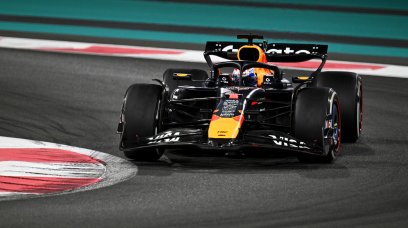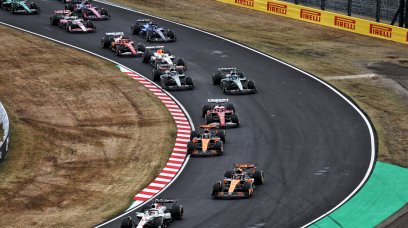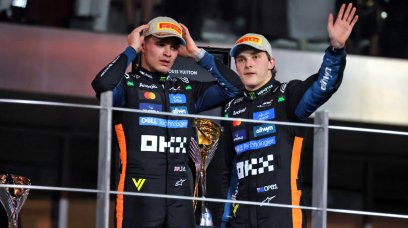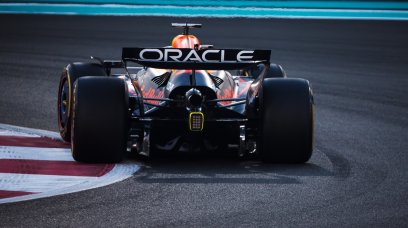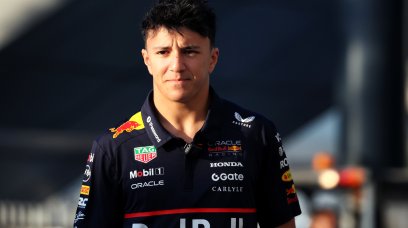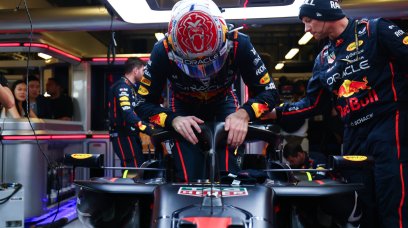Most of the teams have concentrated on the undersides of their cars, in order to continue the fight against porpoising and to perfect their efficiency. Looking up and down the pit lane at the Sakhir circuit, it was possible to see the specific areas teams have focused on ahead of 2022's first race. Let's look at the work done by Red Bull, McLaren, Alpine, Aston Martin and Williams.
Red Bull
In reality, what we saw on the RB18 on Friday is the exact image of the car that debuted last Saturday, on the final day of testing. In detail, it is striking how the side profile of the car is characterised only in the central part by two perpendicular blowholes, separated by a very accentuated inverted 'S' profile. With the exception of this very elaborate section, what is striking is the linearity and simplicity of the continuation of the underside, in front of the rear wheels. In short, it would seem that Red Bull, unlike the other teams, are encountering a lower criticality in this area, especially in terms of flexibility of the floor in front of the rear wheels.
McLaren
If the MCL36 was the first car to adopt a knife profile in the rear half of the underside - which Ferrari was also inspired to try in the evening - a large expanding profile has now appeared in front of it, with the lower section interspersed with three vertical profiles, evidently intended to energise the airflow. In practice, they perform the same function as the vortex generators that were placed in the upper part of the underside during the course of the year. In this case, the ones below produce eddies that tend to divert the lateral flow outward that would slip into the rear part of the underside, reducing its efficiency. It's a very interesting solution.
Alpine
The vertical knife profile placed above the lateral arched area of the underside is very visible – in practice, above the expansion profile, that allows the deviation of part of the airflow towards the outside, thus generating the lateral pneumatic seal. In terms of directing the airflow towards the rear, it seems a rather radical change, more aimed at reducing bouncing than at increasing the efficiency of the floor.
Aston Martin
As a consequence of last week's testing, the AMR22 on Friday also featured an underside with a very wide lateral expansion profile and a rectangular section. In fact, a boxed element has been added that overhangs the lateral cut made on the underside to increase the depression downstream of the lateral edge. This is an interpretation to the solution of the same problem that is affecting almost all the teams. Observing in detail, this modification cannot be considered refined. The modality of intervention, with the addition of a false element, gives the impression of an intervention that was carried out on the sidelines of last week's tests here at Sakhir.
Williams
Among the cars examined, Williams has the fewest significant changes to the floor. Nevertheless, the triangular cut with vertical development in the rear area of the underside appears larger at the lateral section level, and there is better profiling of the entrance area of the Venturi channels. No tangible progress has been made on the handling of this car, especially in slow corners, making the porpoising problem perhaps less important than this controversial feature of the FW44.
Most read
